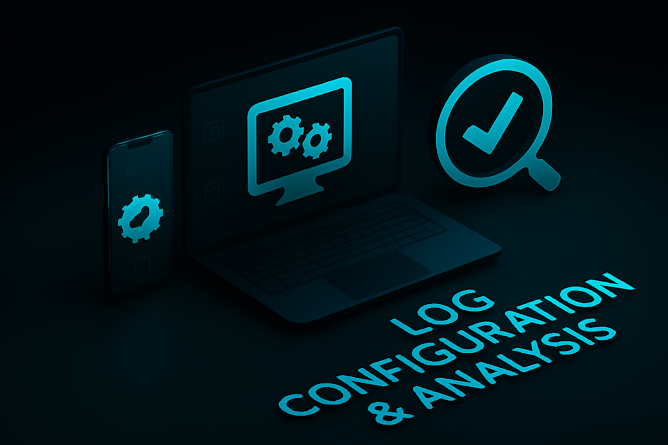
The Importance of Log Management in Cybersecurity
Effective log management is a cornerstone of cybersecurity, enabling the detection, investigation, and resolution of potential threats. By configuring, collecting, analyzing, and archiving logs from operating systems and software, organizations gain critical visibility into both historical and active security events.
The Importance of Logs
- Audit Trails: Logs offer a comprehensive record of activities, which is valuable for audits and compliance checks, ensuring that all actions are transparent and traceable.
- Incident Response: By providing a detailed record of events, logs enable security teams to quickly assess the scope and impact of an incident, facilitating a faster and more effective response.
- Forensic Analysis: Detailed logs are indispensable for post-incident analysis, helping investigators understand how an attack occurred, what vulnerabilities were exploited, and how similar incidents can be prevented in the future.
Configuration
Effective log management begins with proper log configuration. This involves: Setting Up Logging Policies: Ensuring logs capture sufficient detail to be useful for analysis while avoiding excessive verbosity that can overwhelm storage and processing capacities. Defining What to Log: Identifying which events are crucial to security, such as user logins, file access attempts, system changes, and other significant activities.
Collection
The analysis of collected logs helps in identifying potential security incidents and understanding their context. This involves: Real-Time Collection: Implementing tools that support real-time log collection to capture events as they occur, which is essential for timely incident response. Centralized Collection: Aggregating logs from various sources, including firewalls, antivirus software, servers, and endpoints, into a central repository for easier management.
Analysis
Collecting logs in a systematic and centralized manner is vital for effective analysis. Key practices include: Automated Analysis: Utilizing automated tools and machine learning algorithms to detect patterns and anomalies that might indicate a security breach. Correlation and Aggregation: Correlating logs from different sources to piece together a comprehensive view of an incident, identifying patterns, and understanding the sequence of events.
Archiving
Proper archiving of logs ensures that data is preserved for future reference, compliance, and forensic analysis. Important considerations include: Retention Policies: Implementing retention policies that balance the need for long-term storage with practical constraints like storage space and costs. Compliance: Storing logs for a duration that meets regulatory and compliance requirements, which can vary depending on the industry and jurisdiction.
Log management plays a vital role in cybersecurity by capturing key system activities such as access attempts, account changes, PowerShell usage, file transfers, remote desktop connections, and USB device insertions. Monitoring these events helps identify unauthorized access, detect malicious behavior, and trace potential infection sources. When properly configured and analyzed, logs provide the visibility needed to respond to threats and maintain system integrity.
